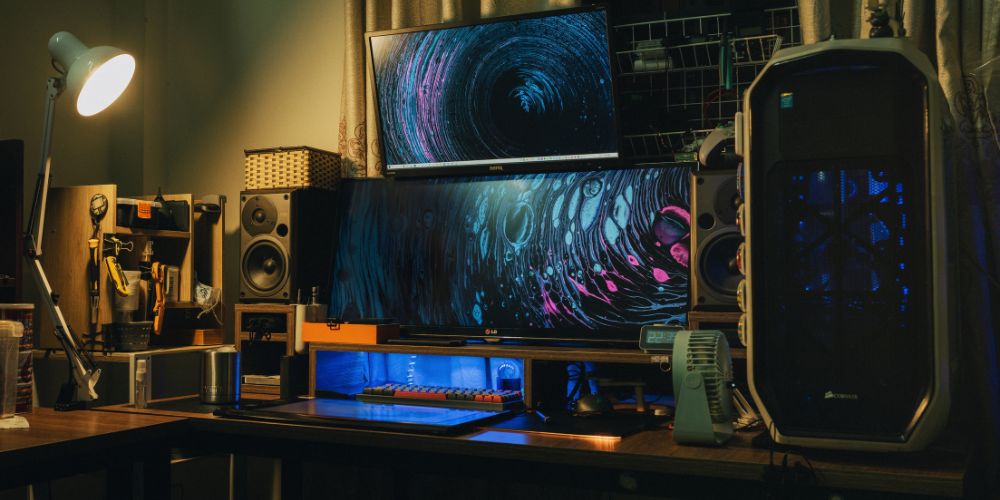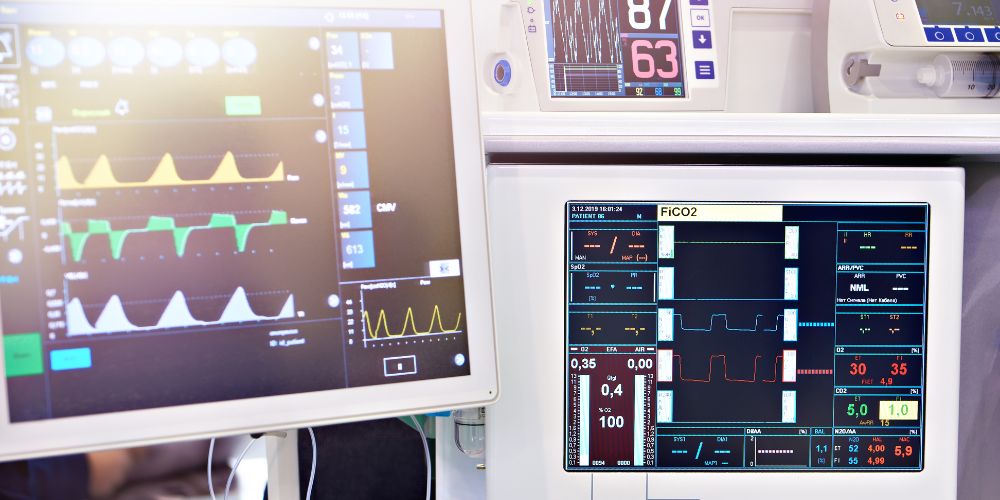Overview
There may be a number of contributing causes if Windows 10 monitor color issues are present. These can include outdated drivers, wrong color profiles, or hardware problems with your display.
Try changing your color settings, installing new drivers, or, if required, replacing your display to solve the issue. You can make sure that your display always looks its best by following these instructions.
How to Fix Monitor Color Problem on Window 10
Incorrect color profiles
If the color on your display seems odd, it can be because the color profile is off. There are a number of built-in color profiles in Windows 10 that are intended to function with various display types.
Go to Settings > System > Display > Advanced display settings > Display adapter properties to make sure you’re using the correct profile. Make sure the appropriate profile is chosen by selecting the Color Management option. If not, you can change the number of profiles as necessary.
Outdated drivers
Your monitor’s color can potentially be off due to an outdated graphics driver. Expand the Display adapters category in Device Manager (right-click on the Start menu) to see if your drivers are up to date.
You may update your graphics card’s driver by right-clicking it. The website of the company that makes your graphics card is another source for the most recent drivers.

Issues with monitor hardware
Hardware problems may be to blame if your monitor’s color is still off after modifying the color profile and updating the drivers. Make sure the cords connecting your computer to your monitor are connected firmly.
Try altering the brightness, contrast, and color temperature settings on your display if it has hardware controls to see if it makes a difference. If none of these fixes succeed, it might be time to buy a new display.
Adjusting color settings
To make your display seem its best, you may also try tweaking the color settings on your computer. Select “Advanced display settings” from the drop-down menu under Settings > System > Display.
The color calibration, color depth, and other variables can then be changed from there. To fine-tune the color settings on your monitor, you may also utilize the built-in Windows 10 color calibration tool.
Updating drivers
Your graphics card drivers may need to be updated to improve color accuracy and address related problems. Visit the website of the company that makes your graphics card to obtain the most recent drivers for your particular model. As an alternative, you can automate the procedure by using third-party driver update software.
Replacing monitor if necessary
If you have followed all of the aforementioned instructions and your monitor’s color is still off, it might be time to get a new one. Make sure the monitor is compatible with the hardware and software on your computer, and look for one with accurate color reproduction and good color calibration options.
FAQs
1. Why is my monitor’s color off on Windows 10?
There are several reasons why your monitor’s color might be off on Windows 10, including incorrect color profiles, outdated drivers, or issues with your monitor’s hardware.

2. How do I fix color problems on my Windows 10 monitor?
You can fix color problems on your Windows 10 monitor by adjusting the color profile, updating drivers, checking for hardware issues, adjusting color settings, or replacing the monitor if necessary.
3. Can outdated graphics card drivers cause color problems on my monitor?
Yes, outdated graphics card drivers can cause color problems on your monitor. Make sure to update your drivers regularly to ensure optimal performance.
4. How do I know if I need to replace my monitor?
If you’ve tried all of the troubleshooting steps and your monitor’s color is still off, it may be time to replace your monitor. Look for a monitor that has accurate color reproduction and good color calibration options, and make sure it’s compatible with your computer’s hardware and software.
Conclusion
Incorrect color profiles, out-of-date drivers, or problems with the hardware of your monitor are just a few of the potential causes of display color issues in Windows 10. You can update your drivers, change the color settings, or even buy a new monitor if necessary to resolve the issue.
You can make sure that your display always looks its best by following these instructions. Following the simple instructions in this article, you may solve the issue and restore your monitor to its optimal appearance if you want to learn how to fix monitor color problems on Windows 10.



